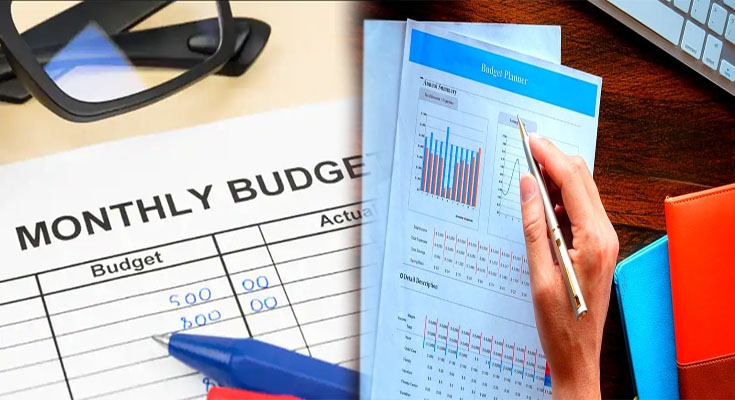Managing finances effectively is an important skill that can contribute to a stress-free and comfortable life. A crucial step in achieving financial stability is creating a realistic household budget. By tracking income and expenses, you can gain control over your finances and make informed decisions about saving and spending. In this article, we will guide you through the process of creating a realistic household budget template.
1. Gather Financial Information
Start by gathering all the necessary financial information, including monthly income and expenses. Gather pay stubs, bills, bank statements, and any other relevant documents. This step is essential in order to have an accurate representation of your financial situation.
2. Calculate Your Monthly Income
Add up all sources of income you receive each month. Include your salary, investments, rental income, and any other regular sources of income. By determining your total monthly income, you can establish a realistic budget based on your financial capabilities.
3. Track Your Expenses
Track your expenses over a month to gain an understanding of where your money is going. Categorize your expenses into fixed (e.g., rent, loan repayments) and variable (e.g., groceries, entertainment). Tracking expenses will help identify areas where you can potentially reduce spending and save money.
4. Create Categories for Your Budget
Create categories for different types of expenses in your budget. Common categories include housing, transportation, utilities, groceries, debt payments, entertainment, and savings. Customize the categories based on your unique financial situation and priorities.
5. Allocate Income to Each Category
Distribute your income among the budget categories based on your priorities. Allocate funds to cover essential expenses first, such as housing and utilities, before assigning money to discretionary categories like entertainment. It is important to set aside a portion of your income for savings/paying off debts to ensure future financial security.
6. Set Realistic Goals
Set realistic financial goals within your budget. Whether it’s saving for a down payment on a house, paying off debt, or building an emergency fund, having goals provides motivation and helps you stay on track. Ensure your goals are achievable within your financial means.
7. Regularly Review and Adjust
Regularly review and adjust your budget as needed. Life circumstances and financial goals can change, so it’s important to reassess your budget periodically. Make adjustments to reflect any changes in income, expenses, or financial obligations.
8. Utilize Budgeting Tools and Templates
Make use of budgeting tools and templates available. There are numerous free online resources that provide pre-designed budget templates to help you get started. Utilizing these tools can simplify the process and save you time.
Creating a realistic household budget template is an essential step in managing your finances effectively. By tracking income and expenses, setting financial goals, and regularly reviewing your budget, you can gain control over your finances and work towards a more secure financial future. Start today and enjoy the peace of mind that comes with financial stability.





